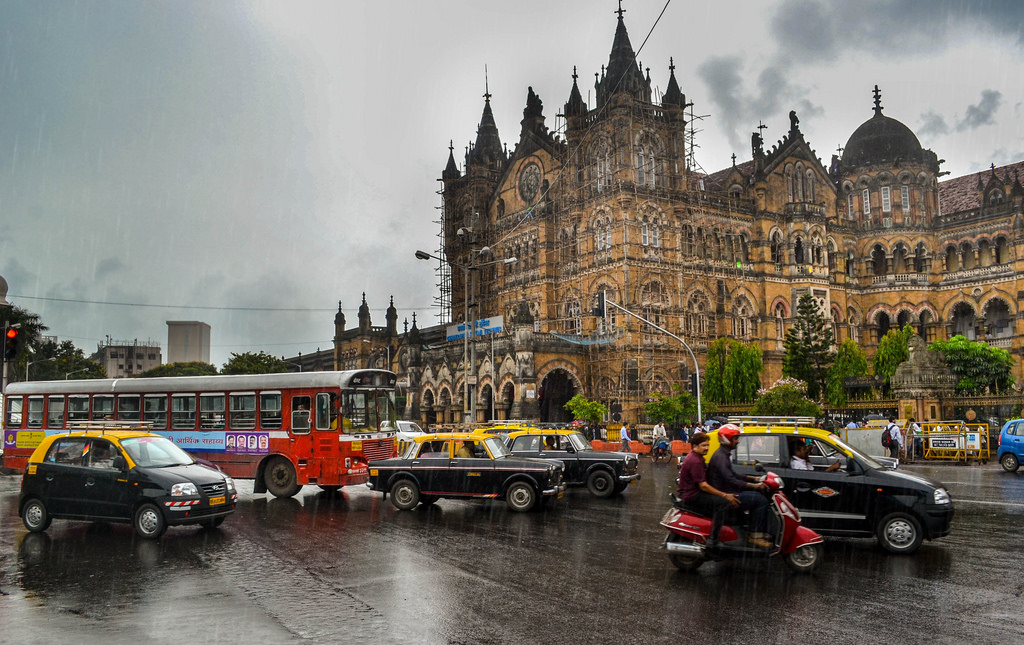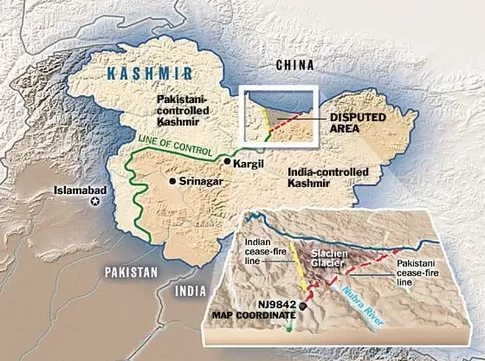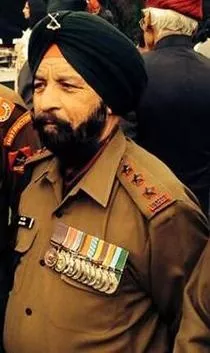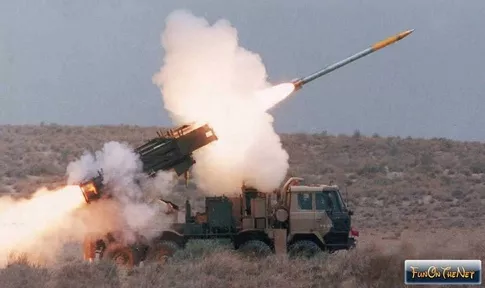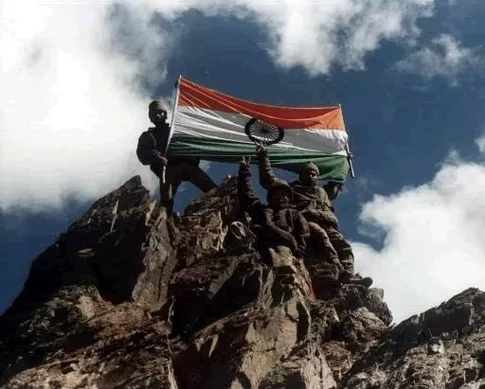For the first time, I will be writing an article on this blog a “book review”. I just completed reading the book “If God was a Banker”.
First time, i experienced the world of a Corporate Bank. While Bank continues to be a very needy part of our life, the back-end could be something different.
What I liked about this book (also what I learned):
1. How the sales at bank work:
It starts from late 1980’s. Book gives me an interesting view of how MNC’s entered into India. What opportunities did they saw in India. How credit cards came in place. How all these loans system came in place. How banks expanded their vision to the vision of common man and monetize on it. How concept of BPO’s started in India.
2. Working with Integrity, don’t compromise on your values to achieve your dreams:
It’s very easy to lose your grip to the greed. It’s always tempting. A person who has a weak relationship with its conscience can easily fall for it. It takes an immense belief in values, and chose a path of honesty and integrity when you are alone in the sea of glamour, power, greed, addiction to flesh, fake-reputation of cool dude. It takes a great amount of patience, tolerance, strong relationship with your conscience, honesty, integrity in everything you do, maturity, responsibility to stay connected to your ethics and values. Else, you will regret after few years, and may be it can be too late. By that time you could have lost your loved ones, their trust, your career, your respect, all possessions. Though material possessions you can always get it back. But the spiritual loss is something very difficult to accept and get over. You may have achieved that position, your dreams may get accomplished, but the price that you pay for it without integrity is much more. You will regret every action of yours, every words of yours, every achievement of yours. Chose to be in integrity of life and not indulge into any activities like lobbying, bribing, deceiting, dis-respect people, play with people’s life or play with their emotions.
Two character of this story Swaminathan and Sundeep, who started the career with an MNC bank at the same time, same day. But the paths they chose were different. Swaminathan, a man full of integrity in every area of his life and Sundeep, a complete opposite character, from day one he started with deceit, he reached peaks, he ruined lives and careers of many people, he deceited his own organization that gave him everything – a friend, a position, a wife, success, money, family, material possessions, luxury… but he deceited each of these. But life has its own way to pull you back and make you grounded.
3. Always stay connected to your source / roots, Never let success reach your head:
No matter what, at the end of the day, your friends with whom you started your journey will stay with you thru all thick and thin. You may have forgotten them in your success. You may have missed talking to them while climbing the staircase of success, ignored them, been arrogant with them, hurted them, you cheated them… but they are the only one who will stand for you when you need it.
Aditya – man who hired Swaminathan and Sundeep in MNC bank, also their boss – who was the source of success of these 2 people. If Aditya havent given them an opportunity to lead the launch of new loan products in the indian market on day of the job, they would have doing some clerical job after a month of management training. Aditya then leaves the job to start his own business. Swami wants to join aditya as for him aditya has been god. Aditya denied coz swami will not make great career with his startup. Aditya considered Swami and Sundeep as their younger brothers and treated them, guided them, mentored them like his younger brothers or family. Sundeep showered Aditya with his arrogance and dis-respected / insulted this wonderful relationship.
Natasha his wife – he kept on cheating his wife with multiple physical relationships with different women’s, extra marital affairs.
Swami, his friend – all his life, sundeep was jealous of Swami’s intellect. His own success rooted from swami’s intelligence. And later on in career, he bribed and bought and sold various designations. One day he was happy to have swami working under him and then forcibly send him to a new initiative of banks of starting a BPO, which no one wanted to jump in.
On the say when the global CEO, on the judgement day of Sundeep on all his activities and goof-ups, he was rescued by Aditya and Swaminathan. Natasha knew everything but chose to remain quite give Sundeep another chance.
At the end, Sundeep realized how for decades he had been screwing up lives of so many people as well as his best pals. At the end of the day, these best pals only came to his rescue.
What i did not find convincing in this book:
The story narrates about nearly, 10 to 15 years of life of 2 characters Sundeep and Swaminathan. The climax is not accepted. One cannot ignore the number of lives Sundeep ruined – personal lives as well as careers of his colleagues / subordinates… its not handful, its in multiple 100’s. If people commit suicide / get divorced / sexual harrassment / promote or demote not on the basis of deservability, etc… It’s not to be ignored and just be forgiven.
Sundeep in these decade story, have always been shown as lucky enough to come out of situation without any punishment or any cost to pay for his illegitimate actions. He always thought.. “good its over and am saved”… the climax was no different.
Am sure many readers would not find the climax that can be accepting!
Otherwise, its an easy read, no glamorous language.

